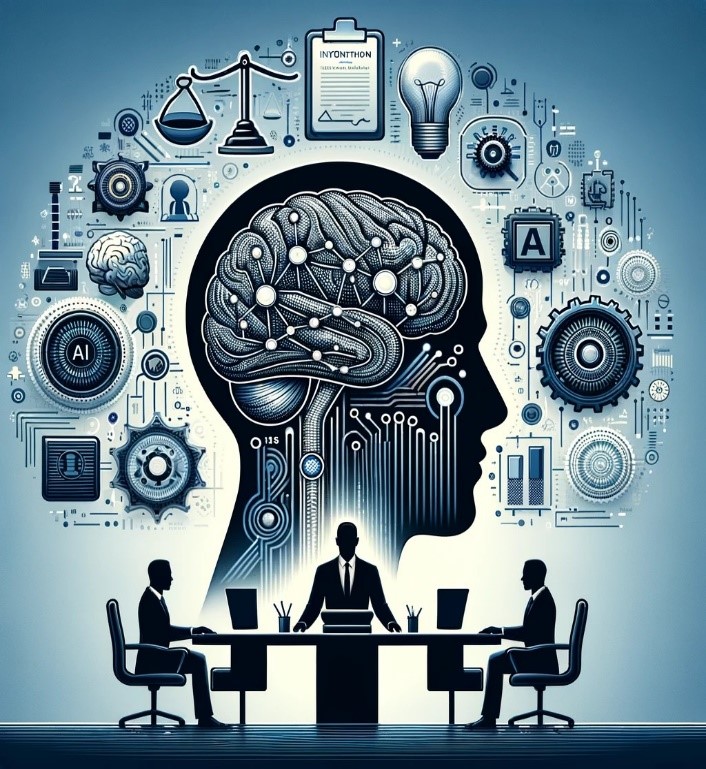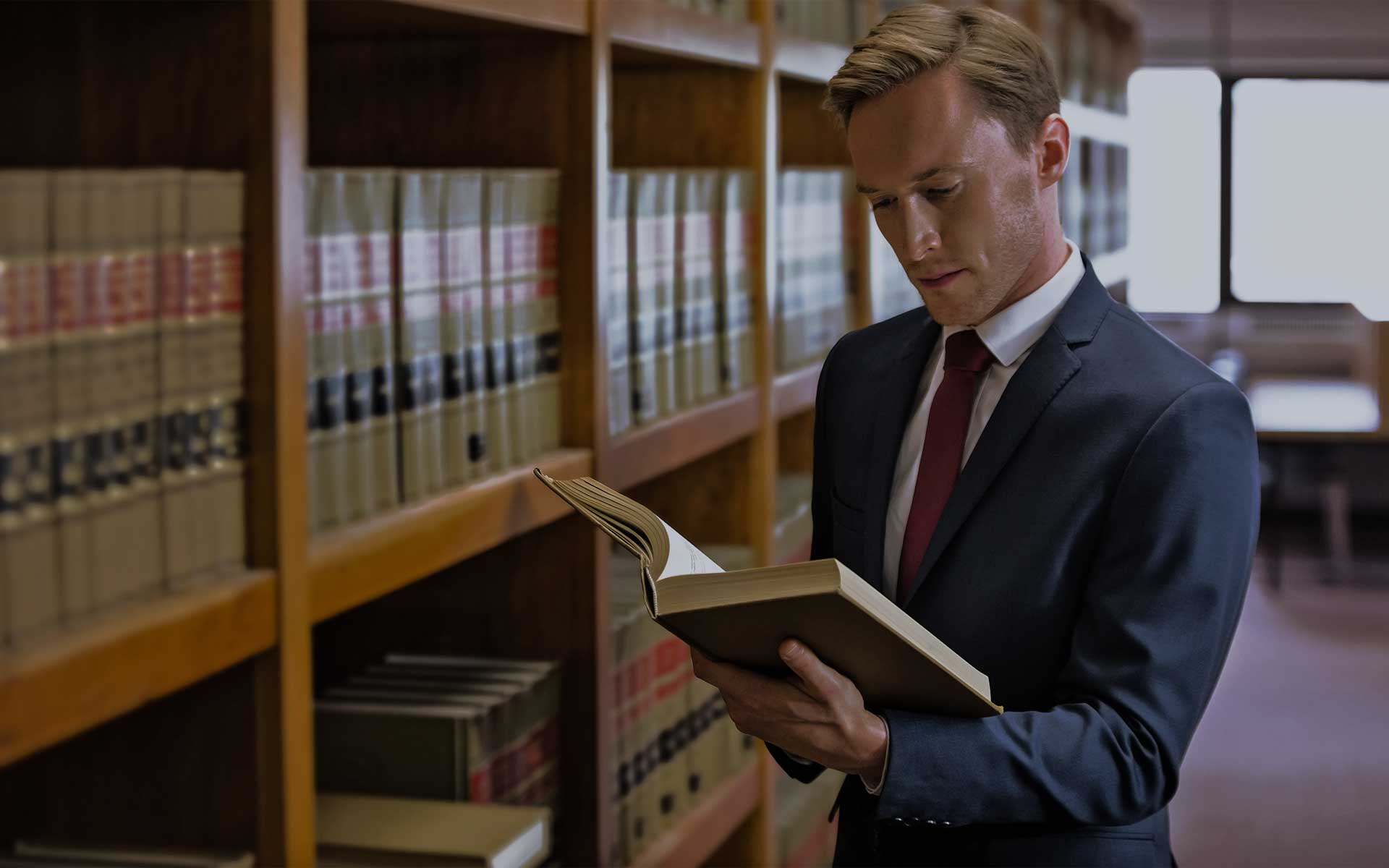AI-Assisted Inventions and USPTO’s New Inventorship Guidance: What It Means for Innovators


The United States Patent and Trademark Office (USPTO) recently unveiled groundbreaking guidance on inventorship for AI-assisted inventions, marking a significant milestone in the evolving landscape of intellectual property law. This development reflects the increasing integration of artificial intelligence (AI) in the innovation process and addresses long-standing questions about AI’s role in creativity and invention. Here’s a deep dive into the USPTO’s guidance and its implications for inventors, businesses, and the future of AI in innovation.
Understanding the USPTO’s Guidance.
The USPTO’s guidance clarifies the criteria for determining inventorship in the context of AI-assisted inventions. Traditionally, only human beings could be recognized as inventors. However, with AI systems now contributing to the creative process, the lines of inventorship have blurred. The guidance reaffirms that inventorship remains limited to humans but acknowledges the significant role AI can play in the inventive process. It provides a framework for evaluating contributions made by AI and how these impact patent applications.
Key Takeaways for Innovators:
- Human Inventors at the Forefront: The guidance emphasizes that while AI can assist, the critical insights or creative leaps that lead to a patentable invention must be attributable to a human inventor.
- Documentation Is Crucial: Innovators are encouraged to meticulously document the development process, clearly delineating the contributions of human inventors from those of AI systems. This documentation will be vital in patent applications and inventorship determinations.
- Collaboration between AI and Humans: The guidance underscores the collaborative potential between AI and human intellect, suggesting that the most impactful innovations may arise from this synergy.
Implications for the Future of Innovation:
- Stimulating AI Development: By clarifying the role of AI in the inventive process, the USPTO’s guidance may encourage more innovators to incorporate AI into their research and development efforts.
- Protecting Human Creativity: The emphasis on human inventorship ensures that intellectual property rights continue to protect and incentivize human creativity, even as AI becomes an integral tool in innovation.
- Navigating Ethical and Legal Considerations: The guidance opens discussions on the ethical and legal implications of AI’s role in creativity, prompting a reevaluation of laws and policies as technology advances.
Conclusion: The USPTO’s inventorship guidance for AI-assisted inventions is a welcome clarification for the intellectual property community. It acknowledges the transformative impact of AI on innovation while reaffirming the value of human creativity in the patent system. As we stand on the brink of a new era of invention, understanding and adapting to these guidelines will be crucial for anyone looking to navigate the future of AI in innovation successfully.
***
Need help overcoming IP challenges? Contact Emmanuel Coffy at [email protected] or call (973) 352-0650 to see how we can help. You can also visit our website coffylawpro.wpenginepowered.com.
Stay ahead in the game of IP protection – register now! https://www.coffylaw.com/live-seminar-signup/
If you wish to receive future articles, follow me on LinkedIn or send an email to [email protected] with your contact information indicating you wish to receive future articles.
For a free eBook activate the link below.
https://www.coffylaw.com/ebook-request/
© 2024 CoffyLaw, LLC – All rights reserved


